There is a renaissance of gardening happening, and hydroponics is leading the way. Though there are some downsides to hydroponics, the advantages of growing produce without soil far outweigh them. Being able to grow fruits and vegetables in the comforts of our own homes is possible in even the densest cities. It may just be how many of us find our produce in the near future.
For the budding horticulturist interested in hydroponics, growing fruits and veggies indoors and without soil has a lot of advantages over the traditional methods. If you’re on the fence about whether or not hydroponics is for you, you’ve come to the right place. Here are some of the greatest advantages, and some of the pesky disadvantages you will find when you take the leap into growing without soil.
The Advantages of Using Hydroponics
You Don’t Need Soil
Here’s where the hydro part of hydroponic comes in. Gone are the days of kneeling in the dirt to tend to your plants. Hydroponics gives us the ability to grow plants nearly anywhere as long as there’s water and light. Even NASA sees hydroponics as the future of farming. Growing vegetables on the space station or on the barren surface of Mars are entirely possible.
You Can Grow Anywhere and Save Space
And you don’t even need to lift a shovel! If you have even a little spare room, you can grow something. Growing without soil gives you the ability to make much better use of what space you may have.
Plant’s roots don’t have to spread out nearly as far as to find nutrients, so the plants themselves take up a lot less space. Some hydroponic layouts can be stacked above one another to take advantage of height, known as vertical gardening, something you’d never be able to do in the dirt.
You’re Not Stuck With Fruits and Veggies
Some people swear by hydroponically grown herbs. Mint, basil, cilantro, chives, all grow exceptionally well and exceptionally fast with hydroponics. You can grow mushrooms as well and just as easily.
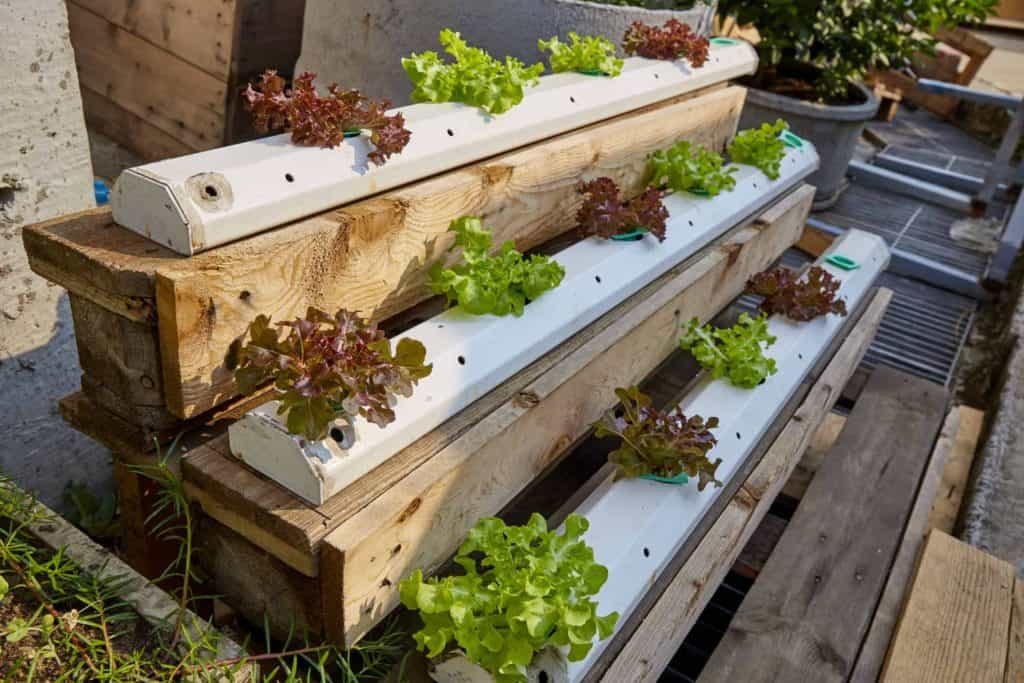
You Can Choose The Size
Hydroponic gardens can be constructed any way you can imagine. There are plenty of small systems available which are perfect for testing the waters for your first hydroponically grown produce. With the right amount of space, you could scale up as large a garden as you’d like.
- 【High Efficiency】: The hydroponic grow kit grows up to 11 once. It also helps your grow 3-5...
- 【Multiple Scenarios】Can be used indoor or outdoor. No any more. Suitable for balcony...
- 【Safe Materials】: Food grade PVC-U; Pipe diameter: 1.2"; Spacing between the holes: 2.2";...
Less Pests and Fewer Diseases
The reason that we invented screen doors was to keep the bugs outside. Thanks to the indoor nature of hydroponic growing, you can greatly limit your plant’s exposure to all manner of pests. And again, thanks to the lack of soil, you get to avoid soil-borne pests like grubs and worms as well as bigger, harder to tackle pests like gophers.
There Are No Dangerous Chemicals
With fewer pests and diseases come fewer reasons to spray chemicals on your fruits and vegetables. You won’t be dealing with the fertilizers that can be found in soil, nor will you be dealing with herbicides and pesticides. What’s good for you is good for the environment too.
The pH Balance is Easy to Manage
Managing the alkalinity or acidity of soil-grown plants can require special fertilizers or hauling in truckloads of topsoil. With a hydroponic system, all you need to do is test your water and add a buffering solution to get the correct pH. It’s much easier to hit the sweet spot that your plants need to flourish.
You Save a Lot of Water
Even though you are replacing soil with water, growing hydroponically still actually saves a lot of water. Crops grown via hydroponics use only a tenth of the water used by the same plants if grown in a field. That’s a huge savings for the environment.
The trade-off not only saves you money on your water bill, it also goes a long way towards helping the environment. Especially if you’re growing in a place that faces water shortages.
Using the Tower Garden ready-to-grow aeroponic system can reduce water usage and create faster and bigger yields than traditional gardening. The vertical tower takes up very little space and can grow 20+ plants at the same time.
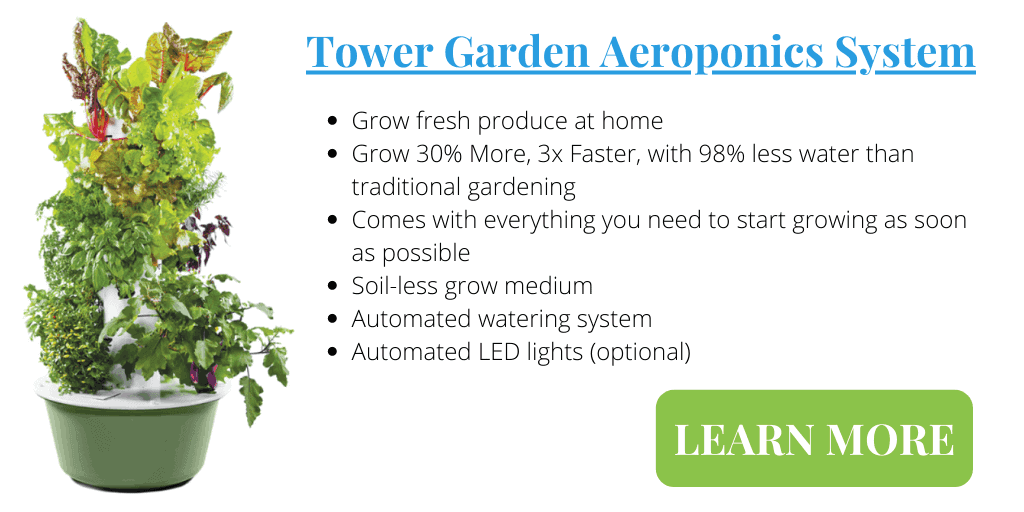
Plants Grow Faster
There is less time between planting and harvest, which means less time to wait until those tomatoes are on your fork. Plants are grown within their ideal parameters.
This means that your fledgling plants don’t have to struggle. There are no predators to ward off, nor is there damage to repair. Without the constant struggle for survival, plants are grown in this fashion shoot up like…well, weeds.
Plants Produce Higher Yields
Not only will your plants grow faster, but they will produce more yields and higher quality fruits and vegetables. Plants grown in a hydroponic garden do not have to allocate energy towards defending themselves or surviving non-ideal conditions, which means they can focus all of their energy on growing larger and producing more products for you, the farmer.
You Have Control
Hydroponics gives you the power of on-demand agriculture. There are no seasonal windows in which you have to plant your seeds in the ground. There is no untimely frost to kill young plants. Your domain, your rules. You control humidity , light, heat and temperature, so it is always the right season for optimal growth.
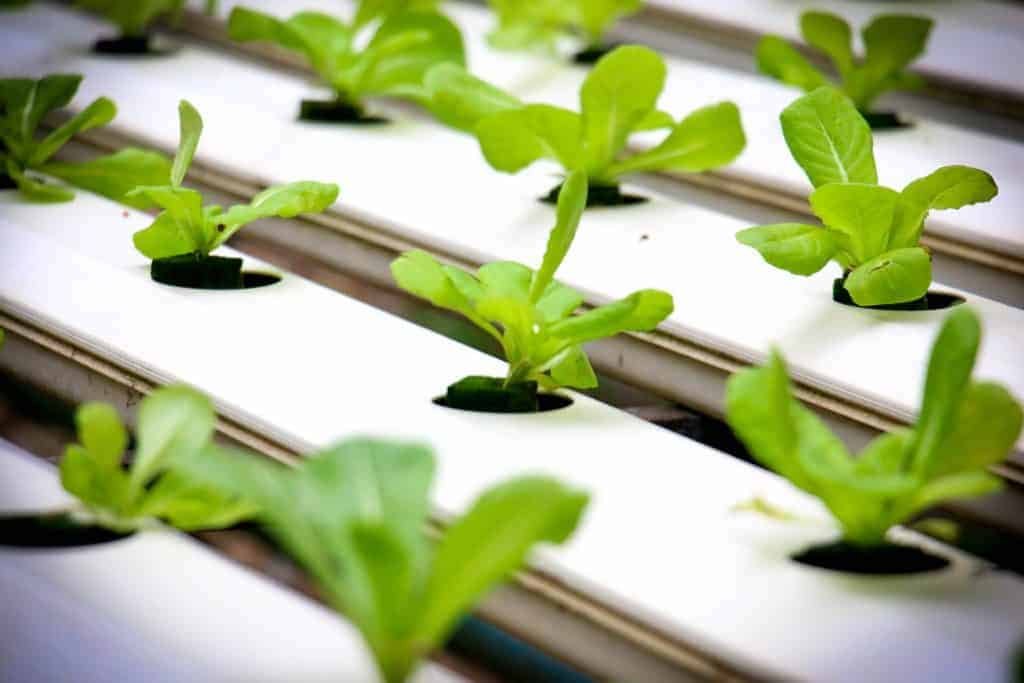
It’s Easier to Give Plants the Right Nutrients
Without soil, your plant’s root systems do not have to be as active in the search for their nutrients. They can focus on growth as the water circulation system brings the nutrient-rich water straight to the roots.
Once you figure out the nutrient requirements of your crops, you can add those supplements directly into the water tank. This way, your plants get consistent and direct nutrition. Kind of makes you want to be a tomato plant, huh?
Hydroponic Gardening Requires Less Physical Labor
No more killing your back pulling weeds. You won’t need to water every day nor will you have to contend with pests munching your leaves. The beauty of a hydroponic system is that once it’s up and running, it does all the work for you. Then, all you have to do is monitor the system and watch your plants grow before your eyes.
Hydroponic Farming Creates Less Waste
Since you can grow hydroponically anywhere, as long as you have electricity and a bit of water, you can sell fresh produce all over the world. Since you can bring the farm closer to the market, produce spends less time in transit where it would wilt and be thrown away.
The more we cut down on truck-transported produce, the more the environment benefits.
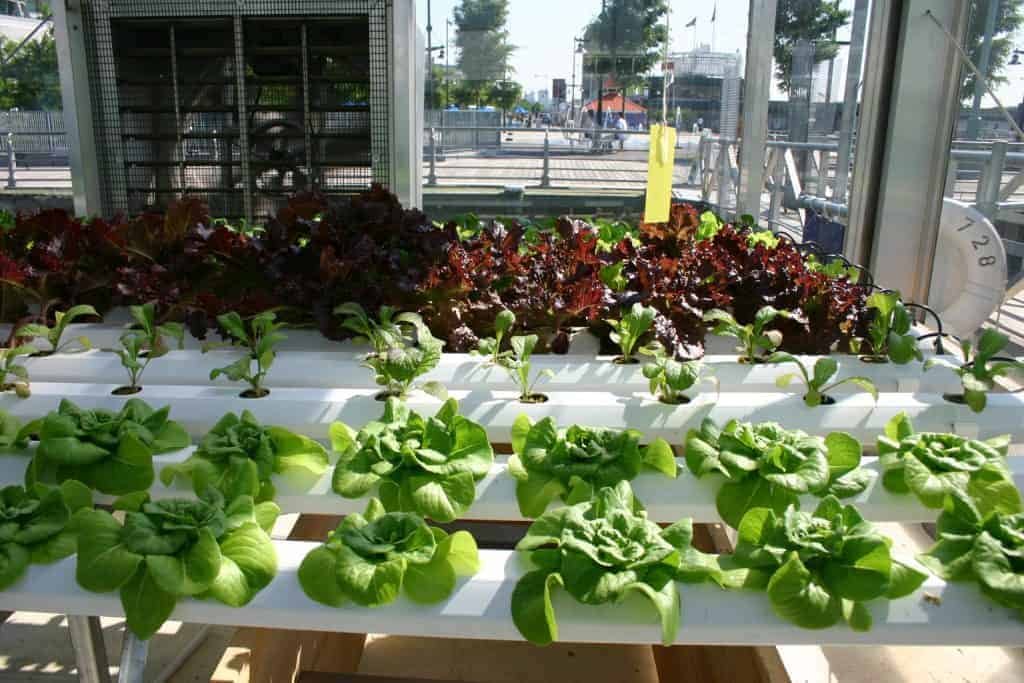
Every Harvest Is a Clean Harvest
With soil farming, you need to spend a lot of time, energy, and water cleaning the dirt, chemicals and bugs from the produce before it can go to market. With hydroponic farming, the plants are already clean and dry, ready to be harvested and eaten as soon as they’ve matured.
Connect With Nature Inside Your Home
Therapists often suggest to their clients that they start a garden to help relieve stress. Why not take it a step further and bring the garden inside so that it lasts year-round.
Those of us who suffer from Seasonal Affective Disorder can see some improvement by having plants in the house during the colder, lower light months of the year. Having a hydroponic garden indoors can also improve the humidity in the home, which helps regulate the ambient temperature in the home, which can further improve a sour mood.
Disadvantages of Hydroponic Gardening
So, now that we’ve gone through a bunch of reasons why hydroponic gardening is great let’s look at some of the reasons that might make you hesitate to start your own soilless farm. Though there are a few downsides, we were hard pressed to find as many bad things as there are good. So, don’t let this list scare you.
Hydroponics Require Commitment
If you forget to tend to an outdoor garden for a few days, the results should hopefully not be too dire. Mother nature will have your back.
But, when you bring the gardening indoors, it is going to require more supervision. Pumps, pipes, lights, filtration, water levels all need to be monitored and adjusted. If the plants are left to fend for themselves in their dry, plastic homes, the results can be catastrophic. Without soil as a buffer, bad things can happen just as quickly as the good.
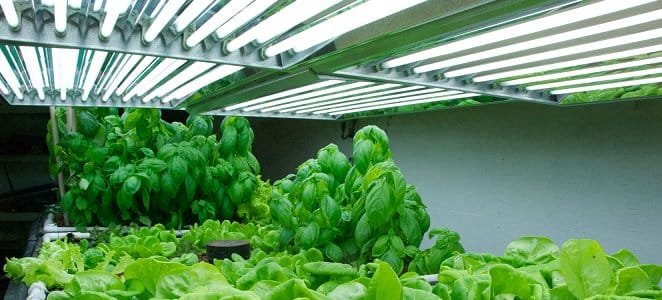
The Bad Things Happen Fast
I said it once, and I’ll say it again. When you take the soil of the earth out of the equation, you lose that stability and security. Though the benefits of a hydroponic system outweigh the negative, when something does go wrong, you need to act fast.
If there were a power outage and the reservoirs dried up, your plants could die in a matter of hours. Without the root system and the sponge-like nature of soil, the plants are on their own, and they can get overwhelmed fast.
Some Say Hydroponic Produce Tastes Different
When plants grow in a hydroponic garden, they flourish and grow larger than their dirt grown cousins. Some say that because of the sterile environment, hydroponic fruits and veggies lack the subtle flavors and terroir of traditionally farmed foods.
You Can Introduce Water-Borne Diseases
By growing in water alone, you remove a lot of the complications that can’t damage or outright kill plants. But not all of them.
A hydroponic operation is a closed system, meaning the water is constantly recirculated. Fungus and bacteria can grow in the water supply systems and the medium that the plants are held in. With good clean water and proper equipment, this shouldn’t be a problem for most hobbyists, though bigger operations may want to be aware of the risks. These guys do a great job of explaining some of those risks.
There is a Higher Upfront Cost
Unfortunately, you can’t start growing hydroponic produce empty-handed. You’ll need to spend some money to purchase parts individually or opt for a complete hydroponic system.
No matter the size of your operation, you’ll need containers and the medium for your plants to live in. You’ll need lights and timers to control them. Water tanks, pumps, and filters will all have to be connected to the system, and depending on your handiness level; you may need to pay for installation.
There is a Sharper Learning Curve
Growing plants the old fashioned way is definitely more forgiving. There are more moving parts involved in hydroponic horticulture, though the end product can be more rewarding. You will need to educate yourself on how to make your hydroponic garden work for you, and that might take some trial and error. The risks are pretty low, though; you can always start over.
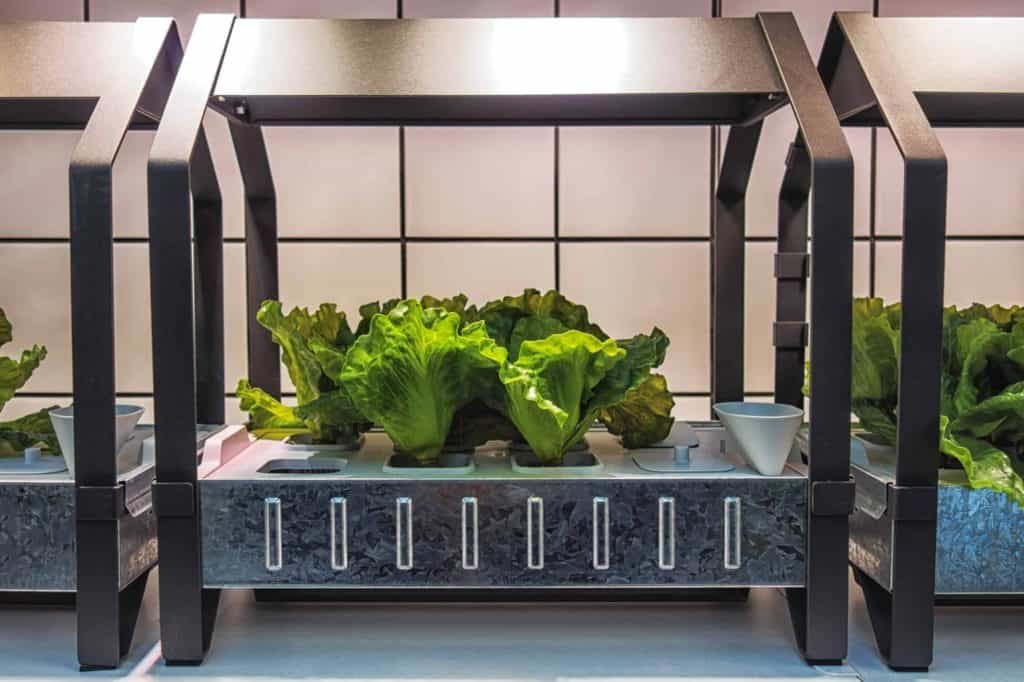
It’s Not Set-And-Forget
Some people might get it in their heads that a hydroponic garden does all of the work for you. This is a half-truth. A hydroponic garden does a lot of the work for you, but you still need to monitor the plants and the system, and this can take time. Though, it will take less of your labor than an outdoor garden of a similar size.
Your Electricity Bill Will Go up
Since the system will always be running, it is going to go through some juice. You’re going to be powering the water pumps, grow lights, and if you need it, ventilation.
You might not see the wealth derived from your hydroponic garden outweigh the electric bill right away, but the savings in fuel, time and money at the grocery store, and benefit of healthier produce will have a big improvement to your life.
The Lights Can Heat Up Your House
Grow lights are going to be required for most setups, and unfortunately, some of them can put off heat, increasing the ambient temperature of the room they’re in. Luckily, LED lights have grown in popularity, and they require less energy and produce less heat.
- 2024 Upgraded TS1000 LED Grow Lights: Experience the advantages of our new diode layout,...
- Wider Coverage & Stronger Illumination: The Mars Hydro TS1000 plant growing lamp features a...
- Dimmable and Daisy Chain: With an independent dimming button on the external driver, this...
Water and Electricity Can Be a Dangerous Combination
Water and electricity are two things that one should avoid mixing. With the advances in modern hydroponic equipment, the risk of electric shock is very low, but it is still something to be aware of when working with the two elements. If your system is well maintained and installed, there should be nothing to worry about.
You Need to Keep It Clean
So you’ve avoided soil and brought the garden inside, but you will still need to keep on eye out for unsanitary conditions. Organic matter can rot and try as you might, water will escape the system at times.You need to be diligent about keeping your garden clean and sanitized to avoid molds, fungus, insects, and damage to your gardening area.
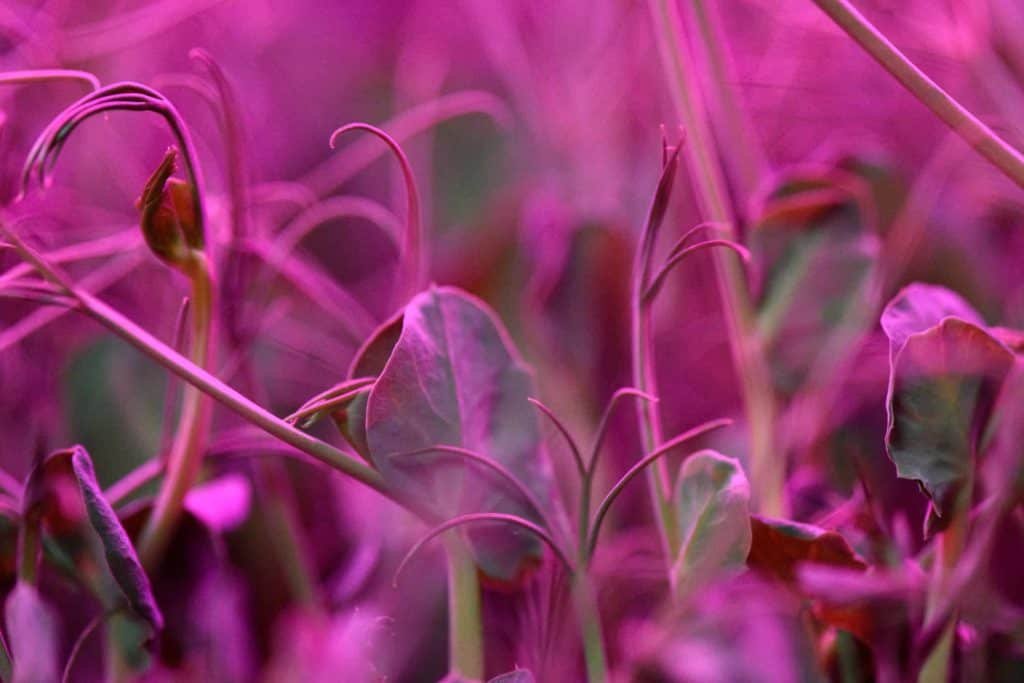
It Is Not A Perfect System
One type of plant might flourish in your outside garden but then fail to reach its potential in a hydroponic garden. Some plants may become stunted or maybe even fail to produce fruit at all. It is more than likely that you will, at some point, be disappointed by a particular crop, but that is all part of the learning curve we talked about.
The System Can Fail
Power outages happen. Unfortunately, a hydroponic garden without flowing water turns into a bunch of dead plants rather quickly. Unless you have backup power to keep the lights on and the water flowing, you could lose your plants within a matter of hours and through no fault of your own.
- APC UPS 1500VA / 900W battery backup power supply.Input Frequency : 60 Hz +/- 3 Hz. Switching...
- 10 Outlets (NEMA 5-15R): 5 surge protector with battery backup; 5 outlets with Surge Protection...
- 1 GB network dataline protection, 6' Power Cord, right-angle 3-prong wall plug (NEMA 5-15P),...
Don’t Expect a Fast Turnaround on the Investment
If you are planning on growing produce to sell, you will need to take into account a couple of factors. The initial upfront cost and additional moving parts of a hydroponic system are going to set you back right out of the gate. There is also going to be that pesky trial and error to deal with. Both of these factors could slow down your revenue until you get the kinks worked out.
Sometimes You Just Need to Get Outside
Part of what makes gardening such a great stress reliever is that it takes you out of the house. The smell of the dirt, the fresh air in your hair, and basking under the sun are all just as important for some of us as the gardening itself. Even if you have a successful hydroponic garden, no one is going to stop you if you want to grow some plants outside too.
Are Hydroponics Worth It?
Absolutely. Hydroponic systems are getting cheaper and easier to operate all the time. People are turning towards the farm-to-table movements and their local farmers’ markets for their produce. Hydroponics is a sustainable, fun, and environmentally friendly way for you to feed your family, or even make a living. Consider starting out with just a small hydroponic set up and see where it takes you.
While it certainly seems more complex than traditional gardening and farming, a hydroponic garden can definitely be worth your time. Once you’ve got the system doing most of the work, it truly is a thing of beauty. While it might not be cheaper to grow your own produce this way, it is still one of the best ways to produce your own food and, if you love growing your own food, hydroponics can be a priceless solution.



